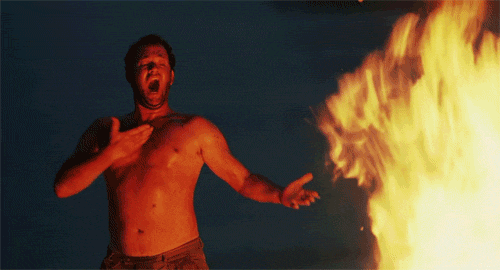MAKG1
Touchdown! Greaser!
- Joined
- Jun 19, 2012
- Messages
- 13,411
- Location
- California central coast
- Display Name
Display name:
MAKG
All of the above. Just playing around with online planning, mostly, but once I have my license I'll still definitely be playing it suuuuuuuper safe around NYC. Plus, we have certain airports (and general directions - east or northeast) where we go for training from FRG, so I'm pretty ignorant of a lot of the rest of the area. Focused on training right now, but I'm excited to learn more about the airspace afterward. I'm really glad I did my training here, though. It hurt my wallet, but I'm definitely not afraid of the radio!
That airspace is quite complex, but if radio work doesn't scare you, B transitions are really easy. If you can get them. Hint: avoid extended centerlines and consider midfield crossings.




